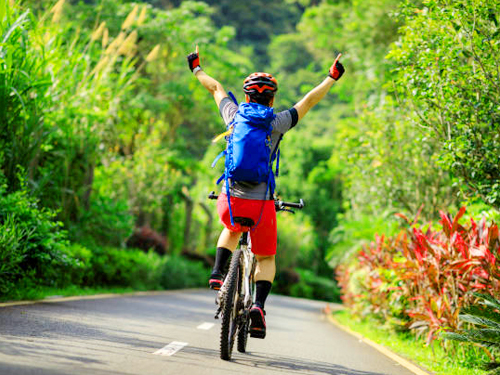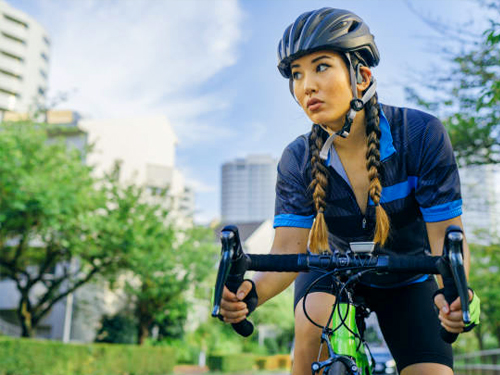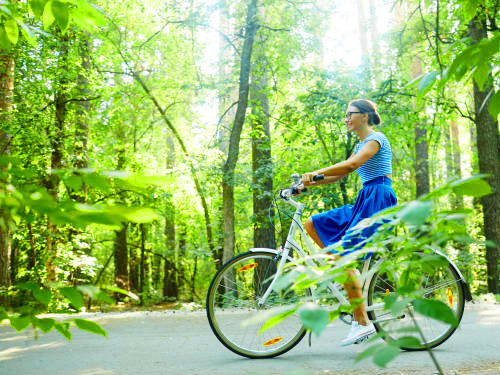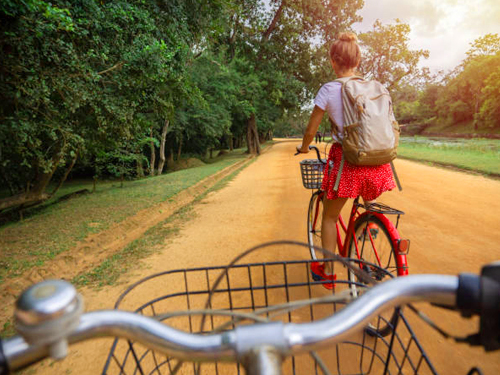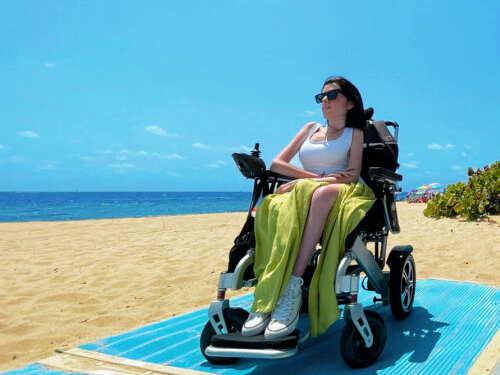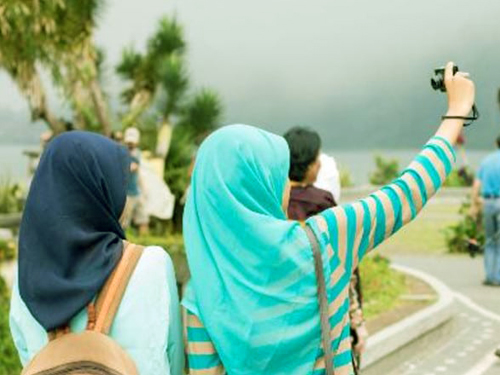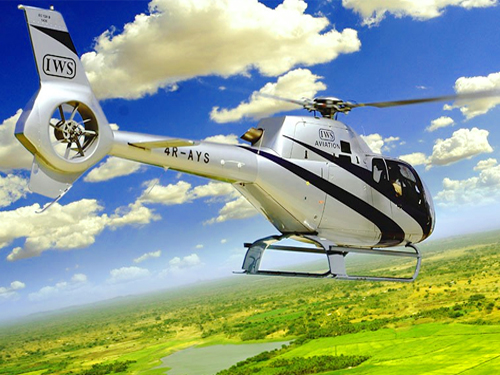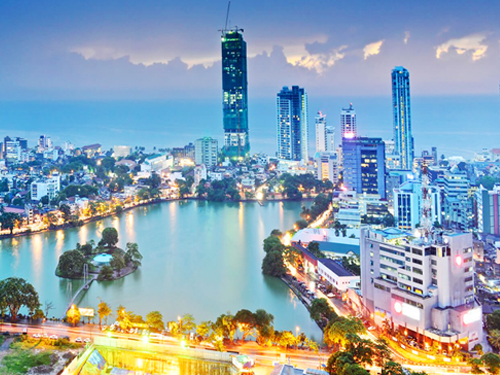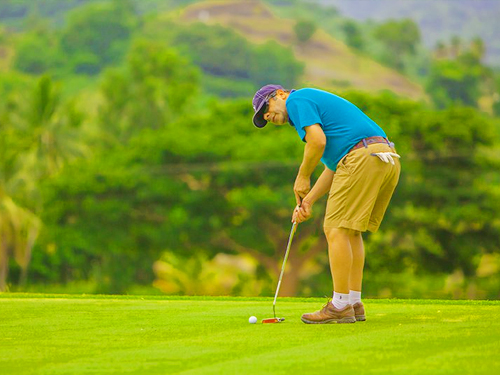Best Trekking & Cycling Tours in Sri Lanka
The interior of Sri Lanka is a hilly area for cycling, but it's cool up there. You can pedal through tea plantations to reach Ella, where you can view the sunset from the Ella Gap viewpoint. You can also take a hike up Little Adam's Peak or to Ravana Ella Falls, where you can cool down with a refreshing dip.
Although Ancient Kandy may be a bit overdeveloped, the Temple of the Tooth is stunning and is where most tourists spend their cycling holidays. Kandy's roads have been around for as long as the city itself. Many cycling tours choose to drive the last few kilometres to avoid potholes. It is hilly and you can ride in the surrounding hills, but you will find temples and the town of Matale to the north with its fantastic spice market.
Although the hill climb from Kandy up to NuwaraEliya, the highest point of the island, isn't for the faint-hearted, many cyclists who cycle through Sri Lanka consider it a highlight. The 84km route climbs to 2,000m above the sea level, through tea country and on to this hill station with mock-Tudor cottages. Are you bored? Instead, take the train!
Use a bike to explore the old, ruined city of Polonnaruwa, dating from the 10-13th centuries, for a unique exploration of one of Sri Lanka’s finest ancient kingdoms and UNESCO sites. Many prefer it to Anuradhapura as the sites are more compact, but still worth pedalling around, and with a guide alongside you’ll discover all the detail. Pedal beside the TopaWewalake, too, for some natural beauty.
You can bag two important Cultural Triangle sights by cycling to Dambulla and Sigiriya. First, you will see the buddhas in rock at the cave temple. Next, you'll pedal through chilli, rice fields, and then climb the 1,200 steps to the Lion Rock fortress, which dates back to the 5th century. You will find frescoes on the rock, palace ruins and spectacular views of the jungle from the top.
Tissamaharama is the capital of the Ruhuna Kingdom. You can cycle around TissaWewa reservoir, which was built in the 2nd century BCE. Here, locals wash and swim. Also, you will see the Maha Stupa as well as SandagiriDagoba. You can then pedal to Kataragama Temple, located 16km northeast from Tissa. This is where all faiths gather to seek favor with Skanda. You can visit Yala National Park from Tissa. This is the best place to see leopard in Sri Lanka.
Bentota cycling tours explore the beauty of the country in a different way. Although Bentota is often referred to as a romantic, golden sandy beach on the Southern Coast, Bentota's countryside is a distinctive feature of the Southern Coast. Bentota cycling tours explore the lifestyle and culture of rural people.
Bentota, a coastal city in Sri Lanka is located 65 km south of Colombo. It is rich in southern folklore. Its name actually derives from a mythical demon called 'Bem', believed to once have ruled the tota' (river bank). The legends aside, Bentota has a rich history. Its famous GalapathaViharaya temple is just one of five in the region. Portuguese colonizers constructed a fort at Bentota River's mouth in the 17th century to mark the southern boundary of Portuguese-held territory in Sri Lanka. British colonizers introduced railways to the country in the early 1900s, primarily to transport coconut produce from the south to the capital. This permanent bridge (BentotaPalama), was built to cross the river. It is still in use today. Bentota is a romantic spot on the south-west coast. It has several hotels, an open air theatre, folk and mask dancing performances, as well as plenty of restaurants and cafes to keep you busy. Bentota River is the perfect place to enjoy water sports.
Colombo is the principal commercial center of Sri Lank. Colombo, the island's commercial capital, is a fascinating mix of Colonial influences. It includes periods of Portuguese and Dutch rule, as well as British rule. This date back to the 16 th century. You can see these influences in Colombo's architecture today. It is a mix of high-rise buildings and residential homes with gardens that still retain British and Dutch styles. This blend of colonial and modern style makes Colombo a fascinating place to bike around. To escape the heat and traffic, we like to go out in the morning and late afternoon. But you will find that Colombo is one of the most clean and uncrowded cities in Asia. You can cycle along the beautiful streets of Colombo's old fort or parts of the residential Colombo in the mornings and the evenings, taking in one of Asia’s most exciting and innovative cities.
There are so many great tourist attractions in the capital, such as museums, galleries, shops of gems and jewelry, art galleries and cafes. You'll be wishing you could have spent more time there!
Hikkaduwa, known for its amazing surf and diving opportunities, is one of the most popular beaches along the southern coast. It is also home to fantastic hotels and restaurants.
Two words are believed to have given rise to the name Hikkaduwa. Sip Kaduwa and Shilpaya. Kaduwa refers to knowledge in Sinhalese, while Sip is short for Shilpaya. Its name could also translate to 'coral', or'seashell forest'. Since the 1960's, this coastal town has been a popular tourist destination. This was long before Sri Lanka had a boom in commercial tourism. For its beautiful coral reefs and varied surf breaks, this spot is highly recommended to both beginners and experts. Hikkaduwa offers a wider range of accommodation options than other places in the south. There are many restaurants, bars and cafes to choose from, as well as a variety of late-night clubs and late-night clubs. This coastal town, located just over two hours from Colombo is known for its coral gardens and underwater delights. There are many dive shops along the coast. For a small fee, you can rent goggles or flippers to explore the underwater wonders of the Hikkaduwa Coral Sanctuary. It is located just a few hundred meters offshore. The sanctuary has about seventy species.
Galle cycling tours allow you to explore the old business strategic center of Asia, ways of life, colonial heritage, and ancient way of living. Galle countryside cycling allows you to explore the culture, cinnamon processing, and beauty of the Galle country. Galle fort cycling tour explores the colonial heritage, political background and history of Sri Lanka 12 th-16 th centuries.
Galle cycling tours combine local experience with cycling. While you're cycling in Galle, take the time to explore the many interesting places. Galle's 17 th-century Dutch Fort is a popular UNESCO World Heritage Site. It is located just two hours from the island's southernmost point and 173km from Colombo. This fort has the distinction to be one of the most well-preserved in South Asia. Step back in time by entering the stone bastions that surround the sea-facing promontory. The Fort exudes an old-world charm unlike any other on the island. There is a pleasant lack of traffic in the narrow streets, which are lined with Dutch colonial-style villas. There are many things to do and see at Galle Fort. It is worth taking a few days to enjoy the unique experience of living in a fort. Many boutique shops and museums display curiosities from the island’s colonial period. These include antiques and contemporary local crafts, artisan-mask making workshops, bespoke jewelry, and many cafes, bars, and restaurants that offer traditional and modern food. The Dutch Reformed Church is perhaps the most striking of the colonial buildings. It contains ornately carved memorials for the Dutch settlers.
Galle cycling tours take you to the Galle's beauty. Galle cycling tours blend history, culture, and local experiences. It will not feel like a simple cycling tour in Galle.
Kitulgala is samlltown of Sri Lanka and is one of the wettest areas in the country. The town's name is derived from the hills that rise above it. The syrup is made from the sap of the fishtail palm, and is similar to maple syrup. It is then crystallized into jaggery which is a popular sweet in many villages on the island. The Academy-winning The Bridge on the River Kwai is a film that was shot on the Kelani River in Kitulgala. This river, which flows from the famed KelaniRiver, is the only place on the island where whitewater rafting can be enjoyed. The river is safe and beautiful for swimming in the dry months.
These are the most popular endemic bird species in Sri Lanka, so this area is great for bird watchers. This area is home to most of the rainforest bird species found in Sinharajah Rainforest. Because the secondary forest and cultivation are more open than Sinharaja's pristine forests, it may be easier for elusive and rare species such as Sri Lanka spurfowl and green-billed Coucal to be seen.
The best way to explore the old cinnamon village of Galle is by cycling in Koggala.Kogalla is a popular haunt for migrant birds in winter. It is known for its lake which was used as a base during World War II for Catalina flying boat boats. One of the most unique facts about Kogalla, is its long beach. This interior town is close to Unawatuna's buzzing attractions and Galle Fort (UNESCO World Heritage Site), making it a great choice for a peaceful stay in the south.
You can take a leisurely-rigged boat ride to reach small islands in the lake, where stilt-fishers are common. The oldest form of traditional fishing in Sri Lanka is stilt fishing. Villagers erect one pole in the water at the beach and perch on crossbars. They then use bamboo fishing rods for small fish by casting their lines beyond the surf break.
For a glimpse of the island's cultural heritage and art, visit the Martin Wickremasinghe Museum of Folk Art and Culture at Koggala and the Purwarama Temple in Kataluwa (both 13th-century built)

 Safe Travels
Safe Travels Français
Français Deutsch
Deutsch עִברִית
עִברִית Italiano
Italiano Nederlands
Nederlands Polski
Polski Pусский
Pусский Español
Español

